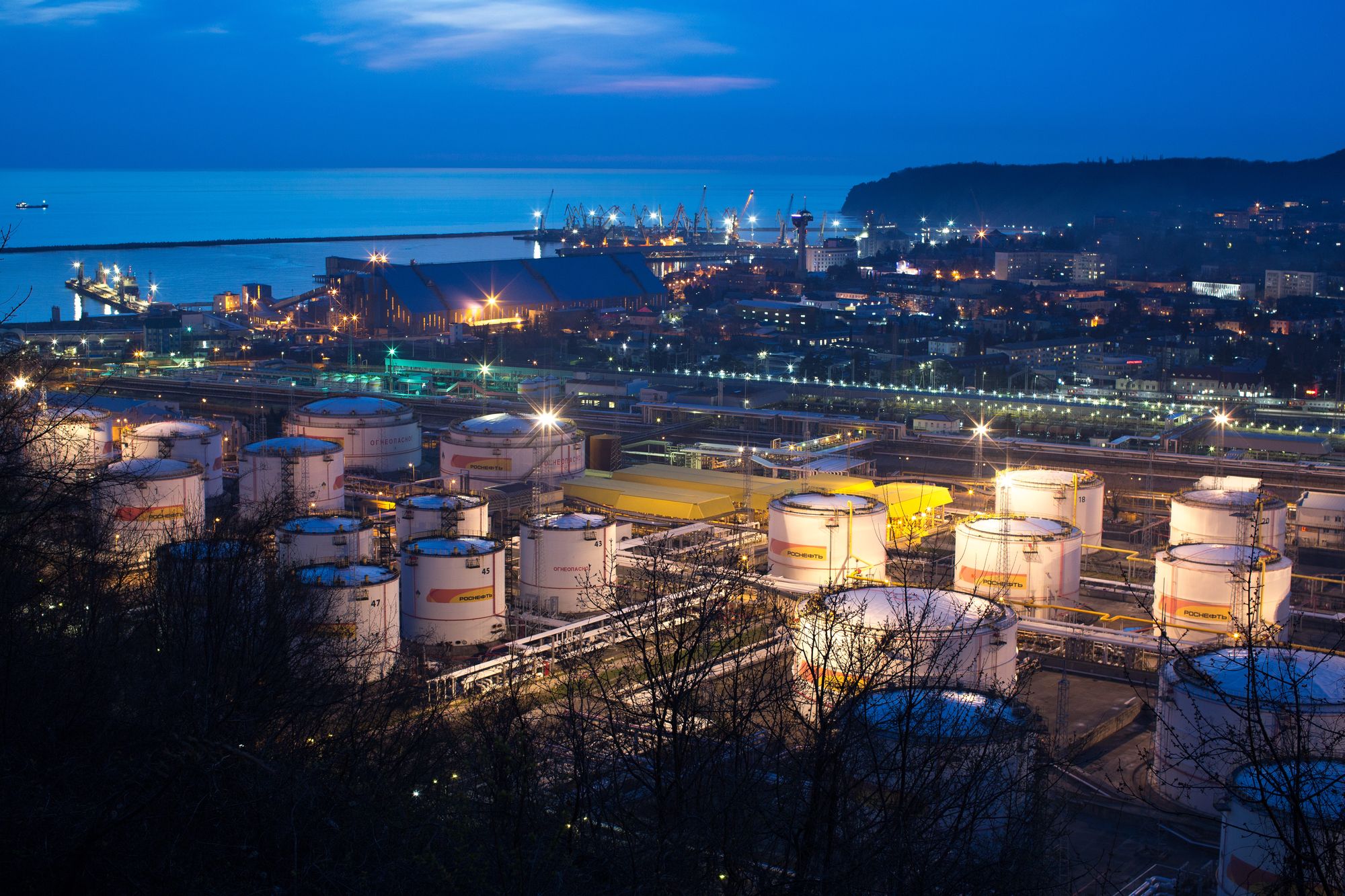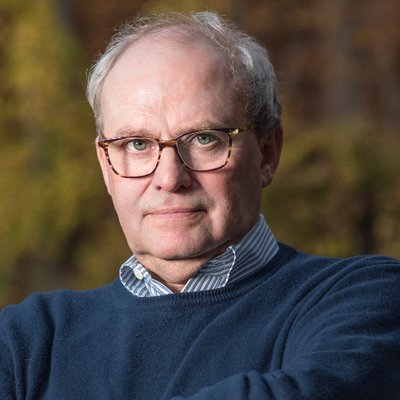Russian President Vladimir Putin frequently boasts about the strength of his country’s economy, saying Western sanctions only strengthen it (while at the same time demanding they be lifted). In fact, “stagflation” – inflation combined with minimal growth – is coming to Russia. His war against Ukraine caused high and rising prices and labor shortages, as many workers were mobilized or killed, while many others fled the country.
Ahead of the Russian Central Bank’s regular board meeting in late December, most observers expected monetary authorities to raise the key rate from 21% to 23%. However, the Russian Central Bank kept the rate unchanged, despite an increase in the official annual inflation figure, from 8.4% to 9.5% in the space of two months. It’s easy to guess what happened. Just a day before, Putin said he spoke with Russian Central Bank President Elvira Nabioullina, and it’s safe to assume he told her to leave the key rate where it is. Any illusion about the independence of the Russian Central Bank has vanished.
For the first time, Putin appears to have listened to Russian oligarchs rather than the professional economists overseeing monetary policy. Over the past few months, many prominent loyalists and businessmen — from Sergei Chemezov of Rostec (defense production) and Igor Sechin of Rosneft (oil) to Alexander Shokin of the Russian Union of Industrialists and Entrepreneurs — have complained bitterly that high interest rates are driving many businesses into bankruptcy.
These warnings are not without merit. Since the Russian government ended mortgage subsidies last July, sales of newly built properties have fallen by around 50%, pushing Russia’s two largest real estate developers, Samolet and PIK, to the brink of insolvency.
Meanwhile, Russia’s official inflation figure is becoming less credible by the day. According to independent research firm ROMIR, the average cost of a Russian basket of fast-moving consumer goods (FMCG), such as food and household chemicals, increased by 22.1% year-on-year in September. Since then, the company has not released any new inflation figures. It’s easy to guess why.

To be sure, the FMCG price index does not reflect overall consumer inflation, as it does not track the prices of durable goods and services, which have risen less sharply than food prices. Yet there is no doubt that the official Russian price index figure is too low. We may not know whether inflation is 12% or 22%, but we can be sure it is higher than 9.5%. Even at Putin’s highly choreographed annual press conference last month, inflation was the dominant concern.
Russian inflation is not overtly caused by fiscal profligacy. On the contrary, the Kremlin has long maintained budget surpluses (although it ran a small budget deficit of around 2% of GDP in 2022 and 2023, and is likely to do so again in 2024). Russia expert and former banker Craig Kennedy, however, recently uncovered evidence that since mid-2022, the Kremlin has beefed up Russian banks to lend to war-linked businesses on preferential terms. This off-budget financing plan contributed to a $415 billion increase in corporate borrowing, boosting inflation and making Russian finances very vulnerable.
For a normal country, a budget deficit of 2% of GDP would not be a concern. But Russia is not a normal country. It has been the subject of Western financial sanctions since July 2014, and these have been quite effective in blocking access to international financing. Russia’s total private and public external debt fell from $729 billion at the end of 2013 to $293 billion at the end of September 2024. Yet no one – including China’s state banks – dares to lend it money .
Lacking funding, Russia has significantly increased its taxes this year. Abandoning the 13% flat income tax introduced in 2000, it introduced a progressive income tax system with rates starting at 15% and rising to 22% for higher earners. At the same time, the corporate income tax rate increased from 20% to 25%. But since these changes will only generate about 1.4% of GDP more in government revenue, the rest of the deficit will have to be financed by national bonds whose interest rates have already skyrocketed, doubling the cost of servicing debt as a proportion of total spending since 2019.
Russia thus remains dependent on a single source of financing: the National Wealth Fund, whose liquid reserves fell from $117 billion in 2021 to $31 billion at the end of November. This is barely enough to finance three-quarters of the budget deficit in 2025.
Western financial sanctions have also weighed on the ruble, which has fallen from 34 to the dollar in 2013 to 103 today. This also worsens inflation because the central bank no longer has the reserves to defend the exchange rate (by spending dollars to buy rubles).
Although Russia has stopped publishing most of its foreign trade statistics, the Bank of Finland Institute for Emerging Economies (of which I chair the scientific council) estimates that its total exports have fallen by 28% (to 425 billion dollars) between 2022 and 2023. they remained at the same level in 2024, because Western energy sanctions had not been significantly strengthened, even if the outgoing Biden administration did so on January 10.
At the same time, tougher Western technology sanctions have had devastating effects on Russian manufacturing. Of the 108 airliners Russia planned to build since 2022, only seven have been completed. The dire conditions in the civilian sector likely extend to the arms sector, which is largely monopolized by Chemezov’s corrupt Rostec.
Strained by these factors, the Russian economy is approaching its moment of truth. Inflation will continue to rise in 2025 and people’s anger will be even greater over rising food prices. Major bankruptcies are looming and the Russian state cannot afford large bailouts. Business leaders fiercely oppose high interest rates, and the shortage of labor – and soldiers – is reaching crisis stage.
But the most serious problem concerns budgetary financing, because Russia’s last liquid reserves risk running out in the fall of 2025. Budget cuts will then be necessary. Meanwhile, the war economy might also require price controls and rationing – the old Soviet sins. As the risk of a financial crash rises, Russia’s imperiled economy is poised to pose serious constraints on Putin’s war.
Editor’s note: Copyright, Project Syndicate. This article was published by Project Syndicate on January 15, 2025 and was republished by Kyiv Independent with permission. The opinions expressed in the editorial section are those of the authors and do not purport to reflect the views of the Kyiv Independent.
The question is not whether China will turn against Russia, but when
Like Tsar Nicholas II, Russian President Vladimir Putin misidentified his main enemy. Waging a war of choice, he allows the real threat to his country to grow stronger. China, not Ukraine, is Russia’s existential threat. During the Russo-Japanese War (1904-05), Nicholas fought Japan against…


Anders Aslund
Senior Researcher at the Stockholm Free World Forum

